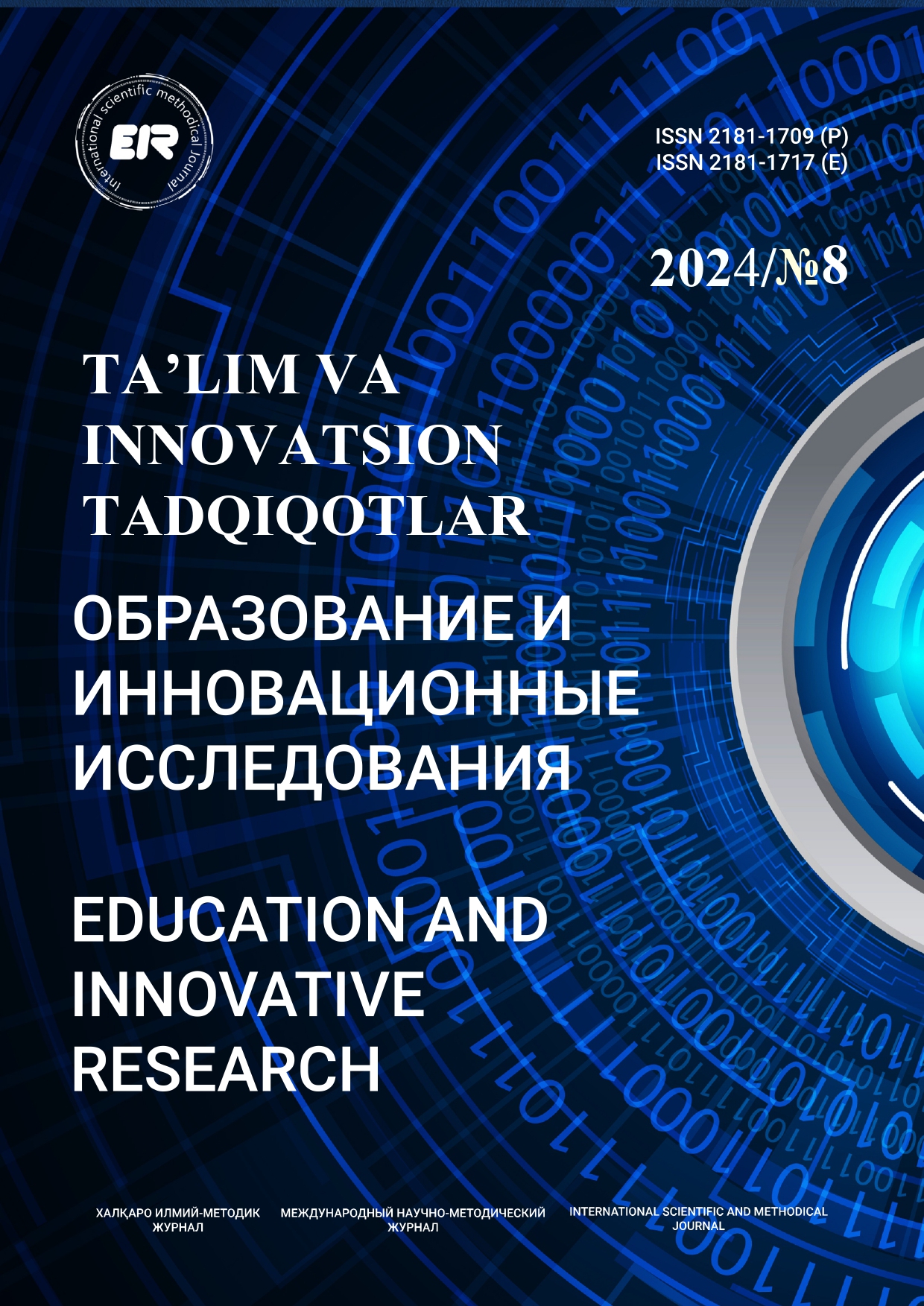ДОСТИЖЕНИЕ ГЕНДЕРНОГО РАВЕНСТВА В ИНТЕРНЕТ- КОММУНИКАЦИЯХ
Рахмонова Барнохан Одиловна, Старший преподаватель кафедры методики преподавания языков АВПИМОММ
Ключевые слова:
Интернет, социальная сеть, цифровое пространство, публичная речь, информация, пользователь, гендергендерлингвистика, лексические аспекты.Аннотация
В данной статье одним из важных аспектов гендерной лингвистики, которая является одной из новых областей современной лингвистики, является анализ гендерных особенностей мужского и женского интернет-общения в сети Интернет, а также рассматриваются лексические аспекты между ними. добиться гендерного равенства.
Библиографические ссылки
Danet, Brenda. 1998. «Text as mask: Gender and identity on the Internet.» In S.Jones (ed.), Cybersociety 2.0, 129-158. Thousand Oaks, CA: Sage.
Grossman, Wendy M. 1997. Net wars New York: NYU Press. http://www.nyupress. nyu.edu/netwars.html
Hafner, Katie & Matthew Lyon. 1996. Where Wizards Stay Up Late: The Origins of the Internet. New York: Simon & Schuster.
Herring, Susan C. 1993. «Gender and democracy in computer-mediated communication.» Electronic Journal of Communication 3 (2). http://www.cios.org/www/ ejc/v3n293.htm. Reprinted (1996) in R. Kling (ed.), Computerization and Controversy, 2nd edition, 476-489. New York: Academic Press.
Herring, Susan C. 1994. «Politeness in computer culture: Why women thank and men flame.» In M. Bucholtz, A. Liang and L. Sutton (eds.), Cultural Performances: Proceedings of the Third Berkeley Women and Language Conference, 278-94. Berkeley: Berkeley Women and Language





